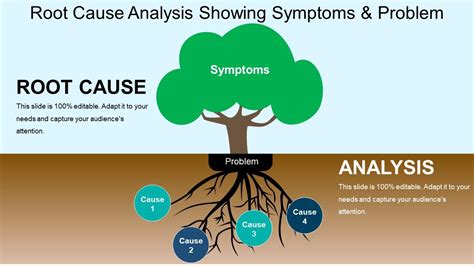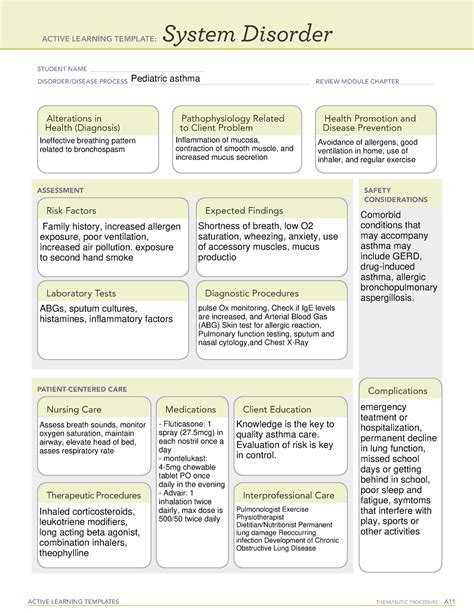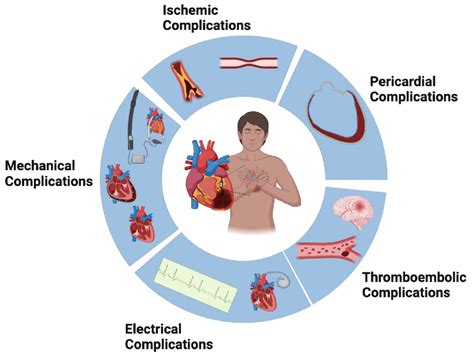Intro
Discover effective wart on toe removal and treatment options, including cryotherapy, salicylic acid, and laser therapy, to help manage symptoms and prevent recurrence of plantar warts and toe warts.
The presence of a wart on the toe can be a source of discomfort and embarrassment for many individuals. Warts are benign growths that occur when the skin is infected with the human papillomavirus (HPV). They can appear anywhere on the body, but when they appear on the toe, they can be particularly problematic due to the pressure and friction that the area is subjected to. Understanding the treatment options and removal methods for warts on the toe is essential for effectively managing the condition and preventing its spread.
The importance of addressing a wart on the toe cannot be overstated. If left untreated, warts can spread to other parts of the body and to other individuals. Moreover, warts on the toe can cause significant pain and discomfort, especially if they are located on a weight-bearing area. The good news is that there are several treatment options available for warts on the toe, ranging from home remedies to medical procedures. By understanding the different treatment options and their effectiveness, individuals can make informed decisions about how to manage their condition.
Warts on the toe can be particularly challenging to treat due to their location. The skin on the toe is thicker than on other parts of the body, which can make it more difficult for treatments to penetrate. Additionally, the toe is a high-friction area, which can cause warts to become irritated and inflamed. Despite these challenges, there are several effective treatment options available for warts on the toe. From over-the-counter remedies to prescription medications and medical procedures, individuals have a range of choices for managing their condition.
Causes and Symptoms of Warts on the Toe

Types of Warts that Can Appear on the Toe
There are several types of warts that can appear on the toe, including common warts, plantar warts, and mosaic warts. Common warts are the most common type of wart and can appear anywhere on the body. Plantar warts, on the other hand, are specifically located on the sole of the foot and can be particularly painful due to the pressure and friction that the area is subjected to. Mosaic warts are a type of wart that appears as a cluster of small warts and can be more challenging to treat than other types of warts.Treatment Options for Warts on the Toe

Home Remedies for Warts on the Toe
There are several home remedies that can be used to treat warts on the toe, including duct tape, tea tree oil, and garlic. Duct tape can be used to cover the wart and prevent it from spreading, while tea tree oil and garlic have antiviral properties that can help to combat the HPV virus. Other home remedies, such as aloe vera and castor oil, can be used to soothe and calm the affected area.Medical Procedures for Wart Removal

Prevention and Aftercare
Preventing warts on the toe and taking proper aftercare measures can help to prevent the spread of the virus and promote healing. To prevent warts, individuals can take steps such as wearing shoes in public areas, avoiding sharing personal items, and keeping the feet clean and dry. Aftercare measures, such as applying antibiotic ointment and covering the affected area, can help to promote healing and prevent infection.Complications and Risks Associated with Wart Removal

When to Seek Medical Attention
In some cases, individuals may need to seek medical attention for their wart on the toe. If the wart is large or painful, or if it is not responding to treatment, medical attention may be necessary. Additionally, if the individual has a weakened immune system or is experiencing other symptoms, such as bleeding or discharge, medical attention should be sought.What are the symptoms of a wart on the toe?
+The symptoms of a wart on the toe can include a small, rough growth on the skin, pain or discomfort when walking or applying pressure to the area, and itching or bleeding.
How can I prevent warts on my toe?
+To prevent warts on your toe, you can take steps such as wearing shoes in public areas, avoiding sharing personal items, and keeping your feet clean and dry.
What are the treatment options for warts on the toe?
+The treatment options for warts on the toe include over-the-counter remedies, prescription medications, and medical procedures such as surgical removal, laser treatment, and cryotherapy.
How long does it take for a wart on the toe to heal?
+The healing time for a wart on the toe can vary depending on the treatment method and the size and location of the wart. In general, it can take several weeks to several months for a wart to heal.
Can I use home remedies to treat a wart on my toe?
+Yes, there are several home remedies that can be used to treat a wart on the toe, including duct tape, tea tree oil, and garlic. However, it is always best to consult with a healthcare professional before attempting to treat a wart at home.
In conclusion, warts on the toe can be a source of discomfort and embarrassment, but there are several treatment options available to manage the condition. By understanding the causes and symptoms of warts, as well as the treatment options and prevention methods, individuals can take control of their condition and prevent its spread. If you are experiencing a wart on your toe, we encourage you to share your experiences and ask questions in the comments below. Additionally, if you found this article helpful, please share it with others who may be experiencing similar issues. Together, we can promote awareness and understanding of warts on the toe and provide support and guidance to those who need it.
